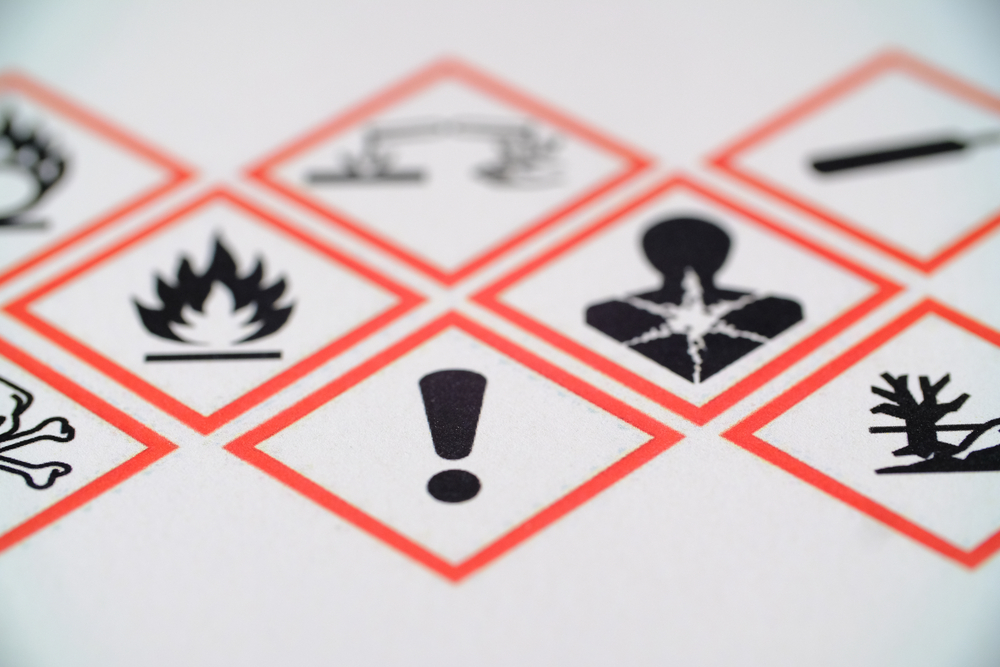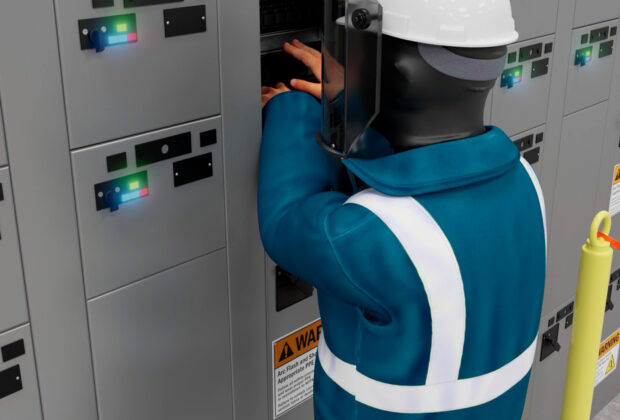We all know safety should be the number one priority in Canadian workplaces. After all, everyone wants to be able to perform their job effectively while keeping themselves and those around them as safe as possible, so everyone makes it home when the day is over. Part of effective workplace safety is a quality WHMIS program. Employers in Canada are responsible for providing WHMIS training for workers that may be exposed to hazardous products at work so they can be educated and prepared on how to properly handle and work around these products. If you need to incorporate a WHMIS program into your company’s safety policies and procedures, here are some foundational elements to help you get started.
1. Determine employer responsibilities with WHMIS
Each province and territory in Canada must follow a national standardized Workplace Hazardous Materials Information System, called WHMIS 2015. WHMIS is regulated in the workplace by Health Canada, which is the federal government body responsible for WHMIS supplier-related laws, but each province and territory might have small differences in how they adopted WHMIS 2015 from the older 1988 version, as well as provincial/territorial safety regulations.
Under WHMIS 2015, employers must provide adequate WHMIS training for employees so they can understand the hazards that are associated with the products that they use in the workplace, and how they can keep themselves and others around them safe while these products are being used or stored. This means an employer must have a WHMIS program that provides education, training, and testing for employees.
2. Determine exposure to hazardous products
What substances do your employees come into contact with daily? Do your employees know how to handle, use or store these substances properly, and the potential hazards associated with these substances? Employees must have the proper training and education specific to the hazardous products that they deal with or could come in contact with.
Also, a hazardous product inventory listing should be readily available that indicates where each product is located in the workplace, and how much of it should be on hand. An up-to-date inventory of hazardous products is useful in case of an emergency so that first responders can get the information they need to respond quickly.
3. Ensure proper labelling of hazardous products and Safety Data Sheet (SDS) availability
Suppliers of hazardous products are required to provide information on these substances, including any hazards that exist with using them, storing them, or being around them. Employers and workers are required to use this information to make sure they work with these substances safely. SDSs are typically written by the manufacturer of a product, but in some cases, employers might have to prepare their own SDS (e.g., if a product is produced and used exclusively in your workplace).
Hazardous products should be properly labelled following the WHMIS 2015 requirements. There are two different types of labels: supplier labels and workplace labels. If a substance is going to be stored in and used from the supplier container, then no other label is required. However, like the SDS, if the substance was produced in your workplace and is going to be used in your workplace, you need to make sure there is a workplace label on it. In addition, if a supplier label becomes unreadable, then you must replace it with a workplace label. Sometimes, you may not need to bother with a workplace label, like if you’re pouring a substance in another container and using it immediately. However, it’s important to remember that workplace labels are regulated by your provincial or territorial jurisdiction (e.g., Minister of Labour, Training and Skills Development in Ontario), so requirements in your area may be slightly different and should be confirmed.
4. WHMIS education, training, and testing
Because each workplace has a variety of employees with different roles and responsibilities, you might not think that absolutely everyone that works for you needs to be trained in WHMIS. However, if there is a possibility that an employee could come in contact with a hazardous product, it’s worth it to train them to ensure you are compliant and that the employee can stay safe. This doesn’t mean that the training each employee receives will be the same. For instance, an office worker that likely won’t come into contact with hazardous products might only need training in safety procedures. However, someone who works in a warehouse and comes into direct contact with hazardous products would need more training, for instance in safe handling, storage, use, disposal, and of course emergency procedures as well.
If you’re new to teaching WHMIS or want an outline to teach a compelling and comprehensive course, Danatec’s Instructor Package contains everything you need. Danatec also offers a full line of WHMIS solutions:




Comments are closed.